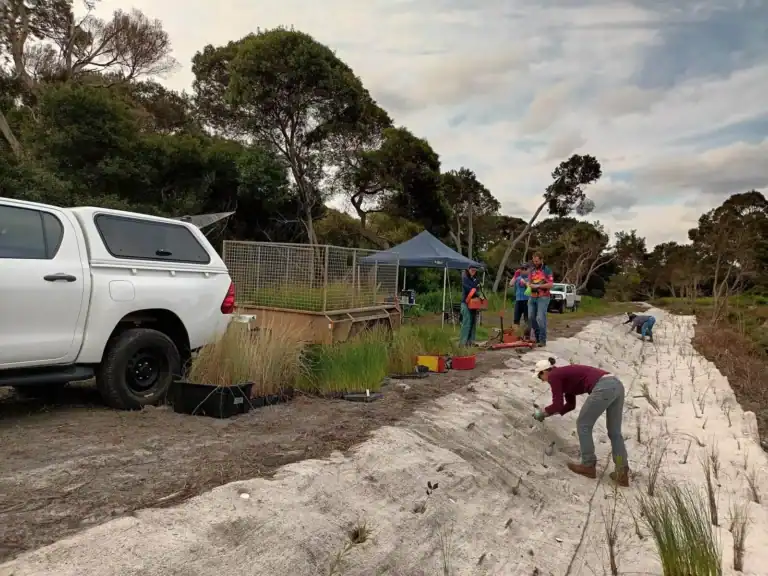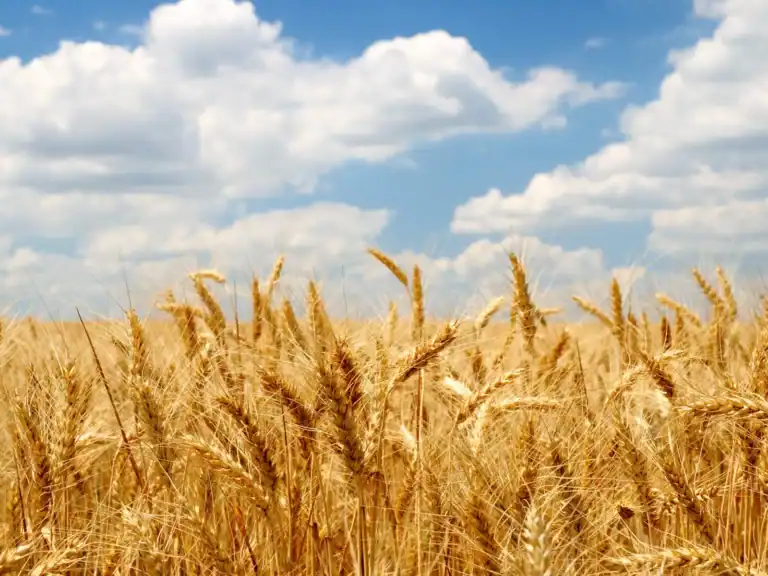In the news

10 October 2024



Fitz-Stirling Fauna Recovery Project success
19 June 2024

Dung beetle basics – “build your herd!”
7 June 2024





Incredible achievements from turtle tracking enviro volunteers
13 December 2023

Thank A Volunteer Day sparks interest in environmental volunteering
12 December 2023






